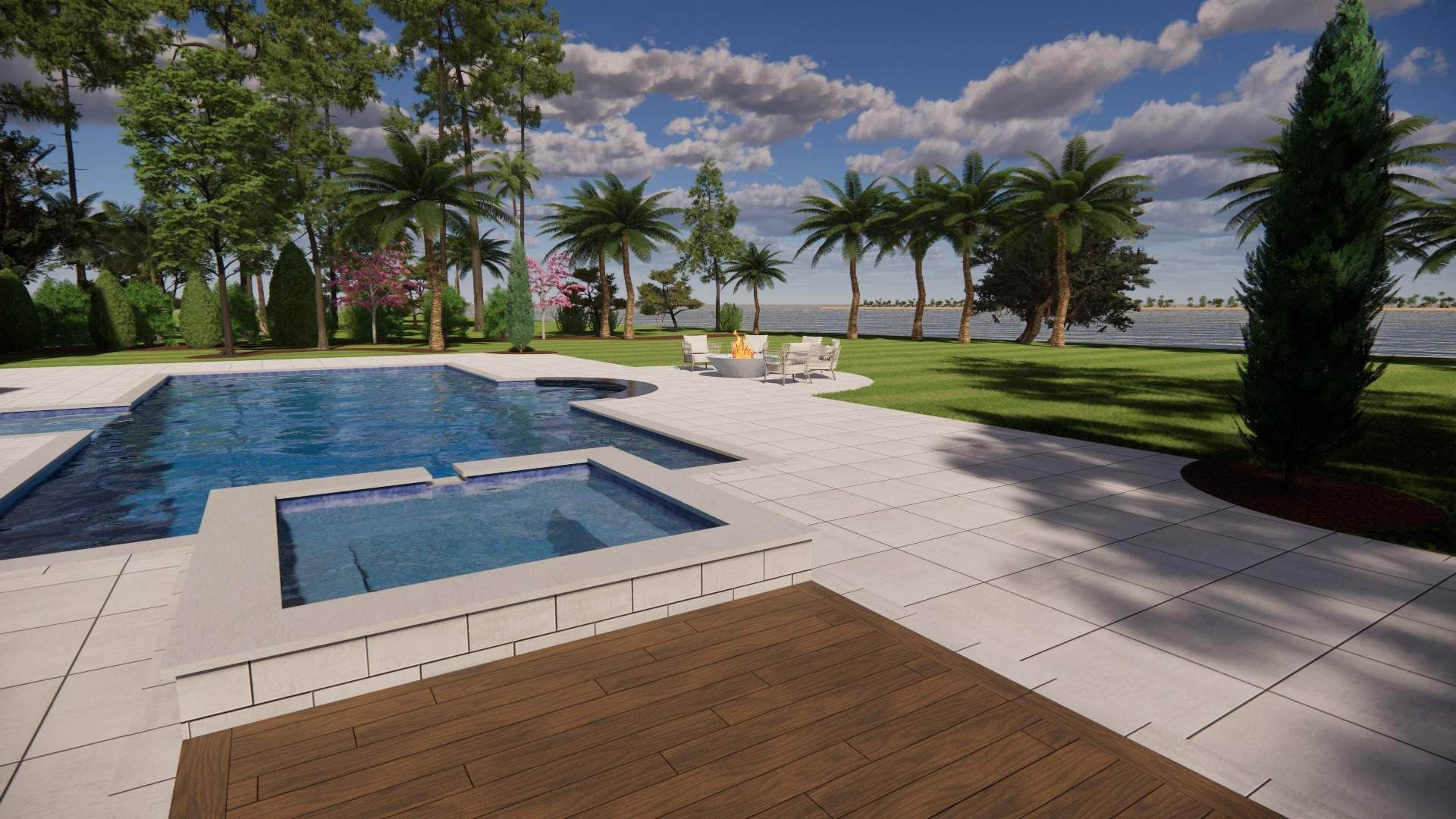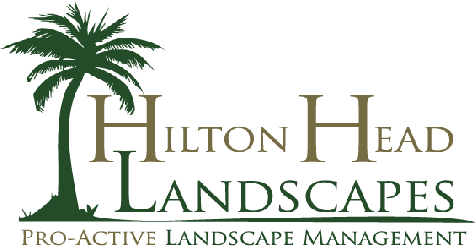Sustainable Practices for Coastal Landscaping: Shoreline Innovative Solutions
This is a subtitle for your new post

Sustainable Practices for Coastal Landscaping: Shoreline Innovative Solutions
Coastal landscaping is important for keeping our environment healthy. You can make choices that not only look good but also help nature. In Hilton Head Island, South Carolina, the beauty of the land meets the sea. This area has unique plants, soil, and weather. By using sustainable practices, you can create a lovely outdoor space that supports the local ecosystem.
Key Takeaways
- Sustainable landscaping saves water and supports local wildlife.
- Native plants thrive in local soil and weather.
- Good drainage prevents erosion and keeps plants healthy.
- Careful planning helps create a beautiful landscape.
- Regular maintenance keeps your outdoor space looking great.
For more on how local ecosystems can benefit from your landscaping choices, check out our page on environment-friendly gardening strategies.
Understanding Coastal Landscaping
Coastal landscaping is much more than just planting flowers. It means thinking about how your outdoor space works with nature. On Hilton Head Island, the soil is sandy, and the weather can change quickly. This makes it important to choose plants that can handle these conditions. You want your landscape to look nice and also serve the environment.
Coastal Landscaping Factors
Factor Considerations Recommended Practices Soil Type Sandy and well-draining Incorporate organic matter Weather Variable temperatures and rain Select drought-resistant plants Wildlife Support Attracting native species Use native plants and shelter Why Sustainability Matters
Sustainability means meeting our needs without harming the environment. This is especially important in coastal areas. The ocean, beaches, and wetlands are delicate. By using sustainable landscaping practices, you help protect these areas. This can lead to a healthier ecosystem and keep our island beautiful for years to come.
Choosing Native Plants
One of the best ways to support the environment is by choosing native plants. These plants are naturally found in Hilton Head Island and are adapted to the local climate. They need less water and care, making them a smart choice. Here are some native plants to consider:
- Sea Oats: This grass helps prevent sand erosion on beaches.
- Beach Sunflower: This bright flower attracts butterflies and bees.
- Yaupon Holly: This shrub adds beauty and provides berries for birds.
Using native plants helps save water and supports local wildlife. It also means less work for you in the long run.
Managing Water Wisely
Water is essential for all plants, but using it wisely is key. Since Hilton Head Island can get hot, it's important to have a smart watering plan. Here are a few tips:
Install a Rain Garden
A rain garden is a special area that collects rainwater. This helps it soak into the ground instead of running off. It can be filled with native plants. They not only look good but also filter the water.
Use Drip Irrigation
Drip irrigation delivers water directly to the roots of your plants. This method saves water and keeps plants healthy. It’s a great way to ensure that your garden gets the water it needs without waste.
Timing is Everything
Water your plants in the early morning or late afternoon. This helps reduce evaporation. Your plants will get more water, and you’ll save on your water bill.
Creating Good Drainage
Good drainage is vital in coastal landscaping. It helps prevent water from pooling, which can harm plants and lead to erosion. Here are some ways to improve drainage:
Build a Swale
A swale is a shallow ditch that helps move water away from your yard. It can be filled with gravel and native plants. This helps keep the water from flooding your lawn.
Choose the Right Soil
Using soil that drains well is important. A mix of sand, silt, and clay can help. This type of soil allows water to flow through while still holding moisture for plants.
Hardscaping with Purpose
Hardscaping means using rocks, bricks, and other materials in your garden. It can help with drainage and add beauty to your landscape. Here are some ideas:
Create Paths with Gravel
Gravel paths allow water to seep into the ground. This helps prevent puddles and keeps your yard looking neat. Choose gravel that matches your local landscape to keep things natural.
Add Retaining Walls
If your yard is on a slope, a retaining wall can help. It holds back soil and creates flat areas for planting. You can use natural stone to keep the look rustic and appealing.
Supporting Wildlife
A well-planned garden can attract birds, butterflies, and other wildlife. By creating a welcoming space, you help these creatures thrive. Here’s how:
Plant for Pollinators
Flowers that bloom at different times of the year provide food for bees, butterflies, and hummingbirds. Choose a variety of native flowers so there’s always something in bloom.
Create Shelter
Birdhouses, small bushes, and native grasses provide safe spots for wildlife. They help animals find shelter from storms and predators. Adding these elements enriches your landscape.
Wildlife-Friendly Elements
- Water Features: Small ponds can provide hydration for animals.
- Native Fruit Plants: These attract birds and other wildlife.
- Compost Areas: They encourage beneficial insects and improve soil health.
Maintaining Your Landscape
Regular maintenance is key to a healthy garden. Here are some ways to keep your landscape looking great:
Pruning and Trimming
Keep your plants healthy by trimming them when needed. This helps control growth and encourages new blooms.
Mulching
Applying mulch helps retain moisture in the soil. It also prevents weeds from growing. Use organic mulch like wood chips or pine straw to add nutrients to the soil as it breaks down.
Pest Control
Keep an eye out for pests. Use natural methods, like introducing beneficial insects, to control pests without harsh chemicals.
Planning for the Future
Sustainable landscaping is not just about what you do today. It's about thinking long-term. Here are some ideas to help you plan your landscape for the future:
Design with Seasons in Mind
Choose plants that bloom at different times of the year. This makes your yard look great all year round. It also helps support local wildlife through every season.
Think About Growth
When planning your garden, consider how big plants will get. Make sure they have enough space to grow without crowding each other.
Get Help If Needed
If you’re not sure where to start, consider hiring a local landscape expert. They can help you choose the right plants and design your landscape for both beauty and sustainability.
The Benefits of Sustainable Practices
Benefit Description Impact Aesthetic Appeal Beautiful landscapes enhance property value Increases property market value Cost Efficiency Reduced water and maintenance costs Saves money over time Environmental Support Promotes biodiversity and supports native species Helps maintain ecosystem balance Community Engagement Encourages neighbors to adopt sustainable practices Strengthens local community ties Choosing sustainable practices has many benefits. Here are just a few:
- Looks Great: A well-planned landscape is beautiful and inviting.
- Saves Money: Using less water and choosing low-care plants can save you money over time.
- Supports Nature: By helping local plants and animals, you contribute to a healthier environment.
- Increases Property Value: A beautiful landscape adds value to your property.
Before you finish planning your landscape, consider how to incorporate water conservation strategies that can further enhance your outdoor space.
Conclusion
Sustainable practices for coastal landscaping are essential for keeping Hilton Head Island beautiful. By choosing native plants, managing water wisely, and planning for the future, you can create a space that is both lovely and eco-friendly. Remember, your outdoor space is not just for you; it’s a part of the larger environment. With each choice, you can help protect the land and sea that we all cherish.
By following these tips, you can enjoy a stunning landscape that benefits both your home and the world around you. Embrace sustainable practices and watch your outdoor space thrive!
Feel free to reach out if you have questions or want to learn more about sustainable landscaping for your home or business. Your perfect outdoor space is just a consultation away!


